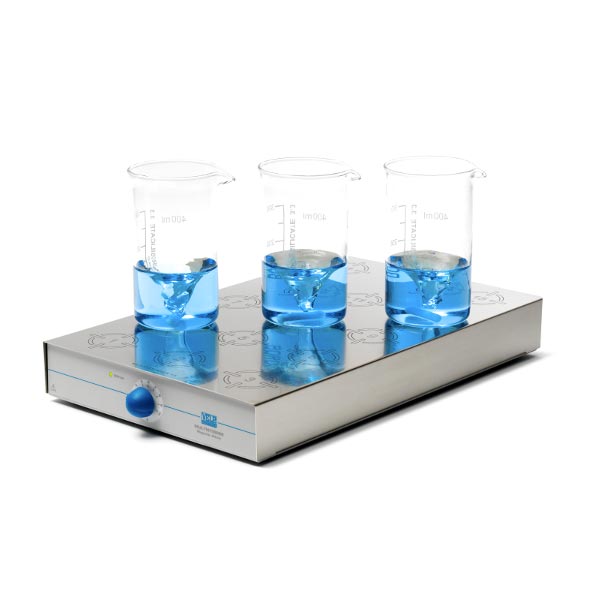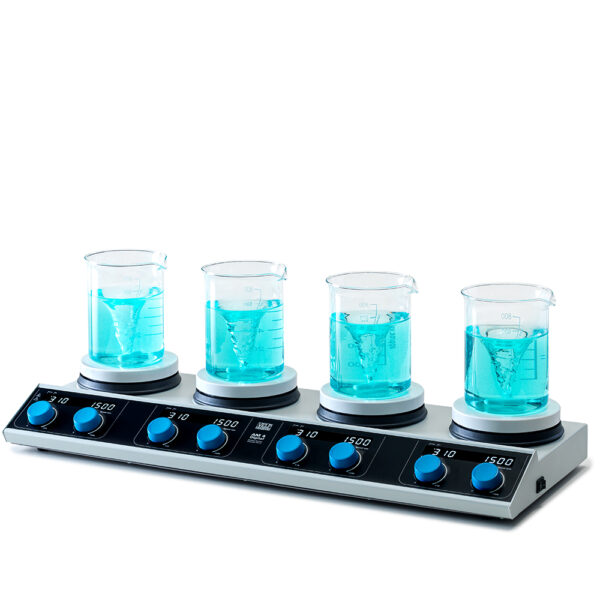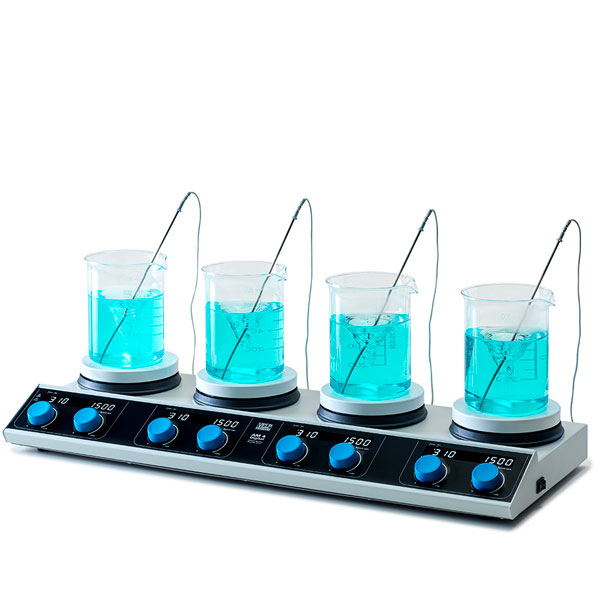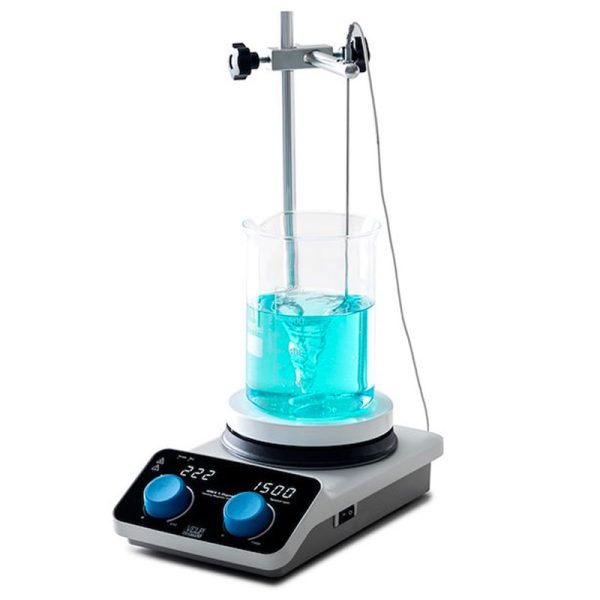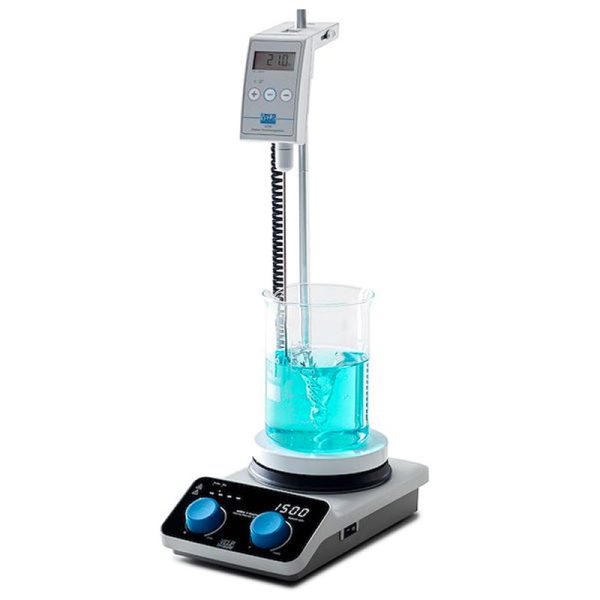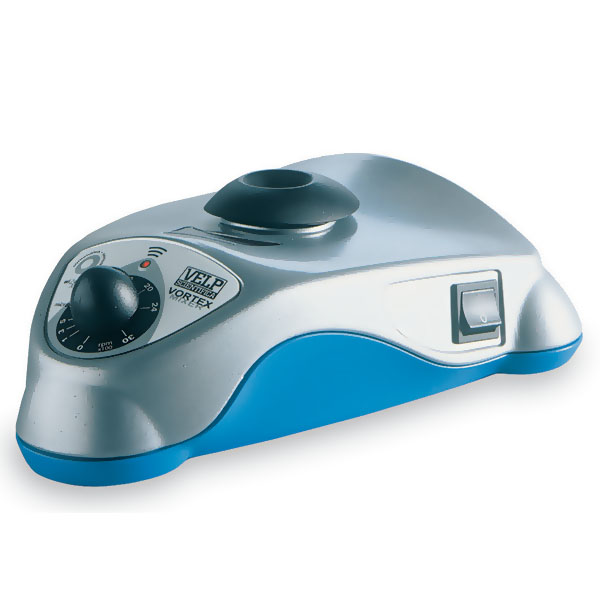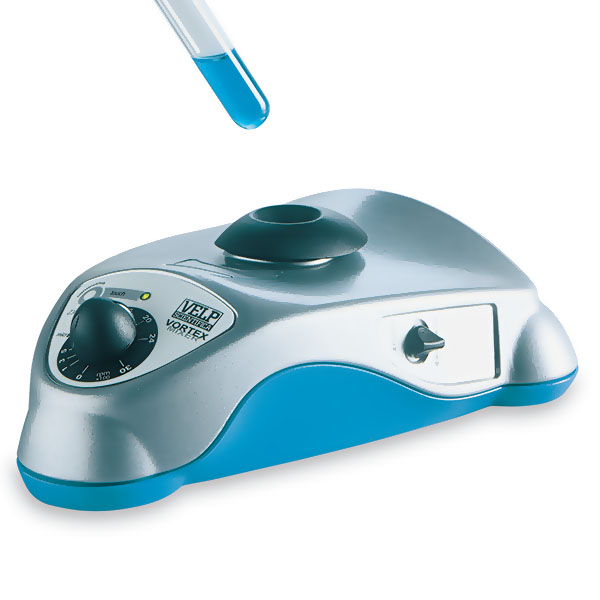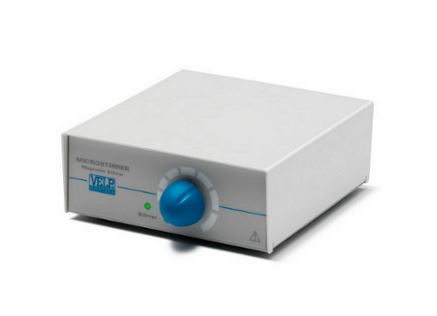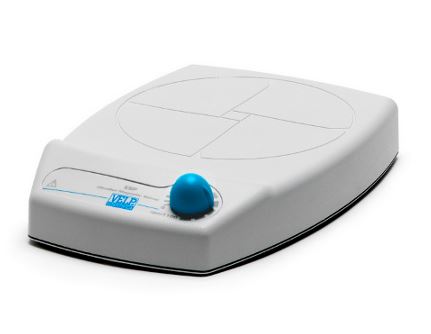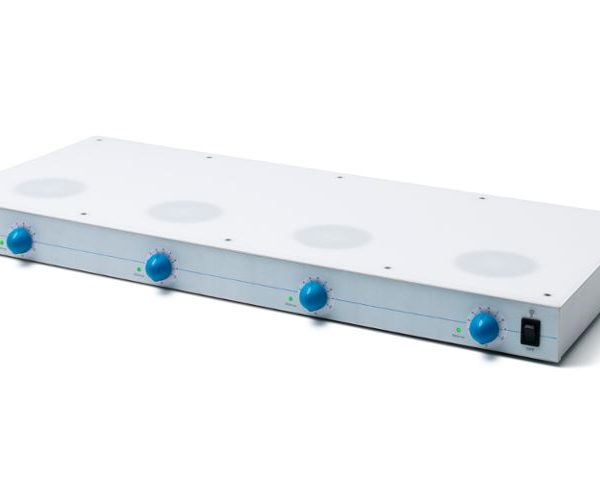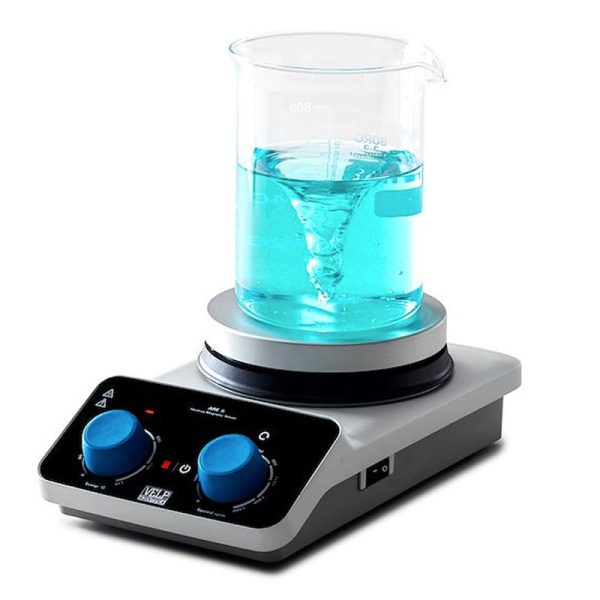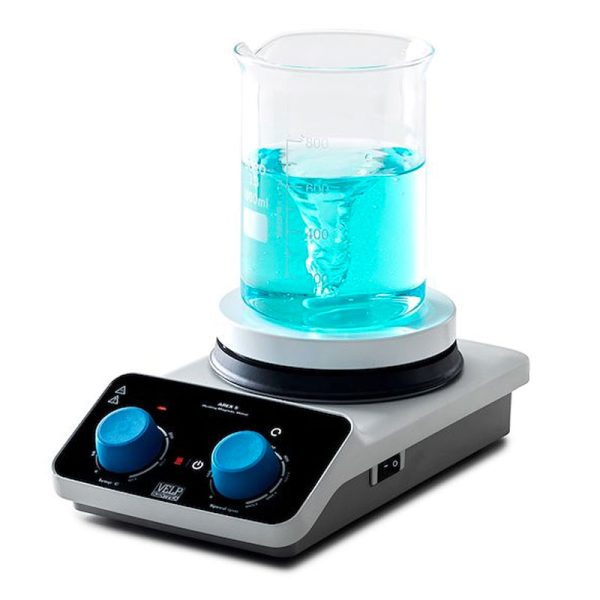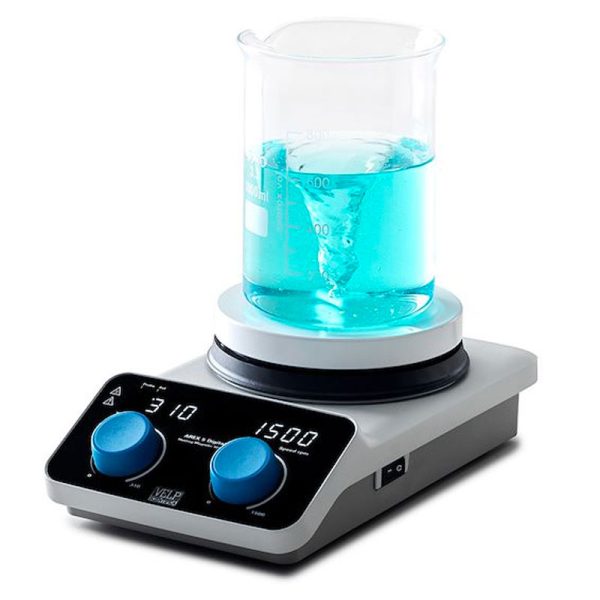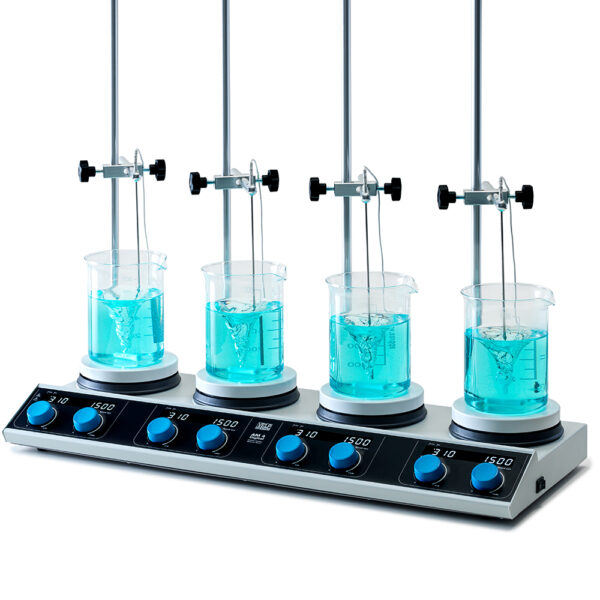How a magnetic stirrer works
The magnetic stirrer works with an electric motor to which magnets are attached. These set in motion an anchor immersed in the solution, which is itself a magnet. The reed, moving within the liquid, creates a vortex that keeps the whole solution moving. Thanks to this constant stirring, chemists achieve measurable reactions with the utmost precision.
Components
The components of a good magnetic stirrer are:
- a box or container for all the elements that create the movement;
.
- a motor that creates the movement, which could also be a fan;
- the magnets attached to the motor, which must be of sufficient size to move those inside the liquid. The magnets must be opposite each other and with reversed polarity, i.e. mounted opposite each other;
- The magnets must be of sufficient size to move the magnets inside the liquid.
- the power supply for the motor;
.
- the voltage management circuit, equipped with a potentiometer or adjustable voltage for speed control;
- the ON-OFF button for activating the power supply;
.
.
To carry out magnetic stirring, it is of course necessary to insert the magnetic stirring rod into the liquid. Magnetic stirring rods are magnets and must be coated with an insulating material, e.g. PTFE. If they were not insulated, the reeds could contaminate the solution by leaking their own substances, interfering with the processing to be carried out.

Container for magnetic stirrer
It is important to choose the correct container with which to agitate and in which to immerse the stirrer. Graduated beakers, or beakers, are most commonly used in the laboratory for the convenience of quantity reading and cleanliness. Plastic containers are sometimes used, but the friction with the stirring rod does not make them recommended. The plastic could be ruined, limiting the life of the beaker. For certain reactions, it is recommended to use capped containers, especially when stirring volatile substances. This avoids dispersing vapours into the environment, especially if they are to help keep the reaction going. In addition to the beaker, the Erlenmeyer flask is also widely used for stirring precisely because it is fitted with a stopper. Erlenmeyer flasks, due to their special shape, are also very stable for different types of stirring.
The choice of container, beaker or flask, depends on several factors:
- power, a more powerful motor will make less effort and can agitate more liquid in larger containers;
- the size of the stirring rod, which must be proportionate to the amount of solution to be stirred and therefore to the size of the container;
- the viscosity of the liquid, which will require more power as the Pas, the unit of measurement of viscosity, increases;
The ideal magnetic stirrer
.
A correct choice of all elements (motor power, container, stirring rod) such as the Velp, makes a vortex visible within the stirred liquid. The vortex must not hit the reel, otherwise the movement could create air bubbles, a phenomenon that must be kept under control. In almost all cases, no air bubbles should be present in the stirring, which can interfere with the creation of the mixture, especially when mixing creams or fluids.
Mixing viscous substances
The viscosity of a substance is metaphorically calculated as the speed it takes to move on an inclined plane from point A to point B. A very fluid substance will take a short time while a more viscous substance will take longer. In stirring, it is intuitive to understand how an increase in viscosity must be matched by an increase in stirring capacity. For stirring creams or dense mixtures, instruments capable of uniformly moving a mass of matter with a proportionate force must be used
.










